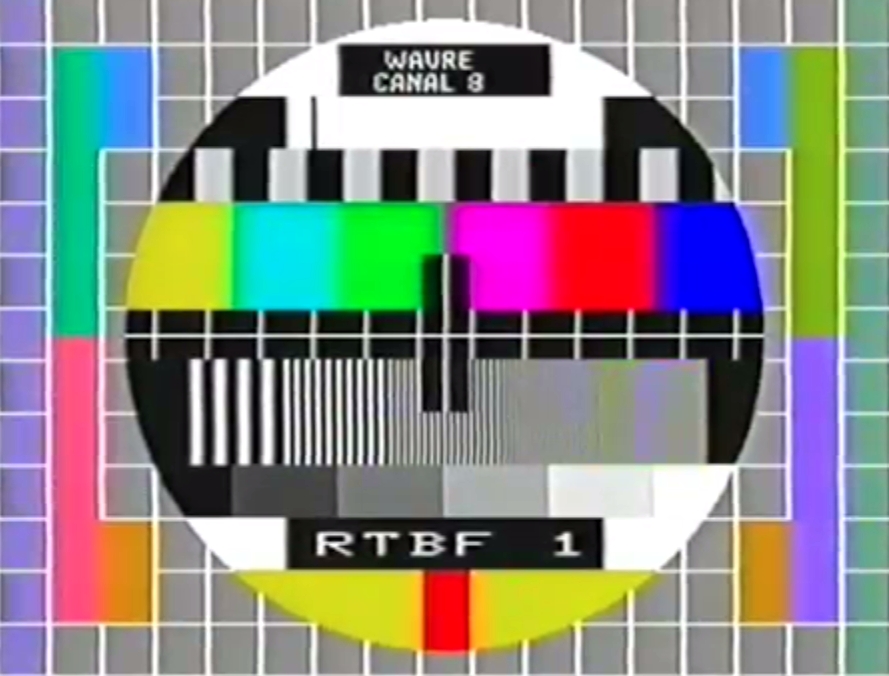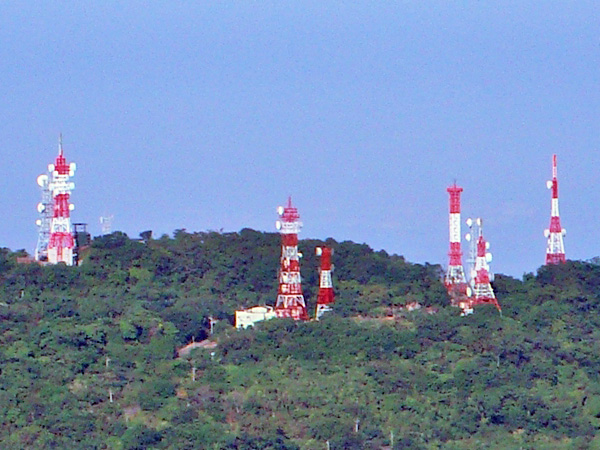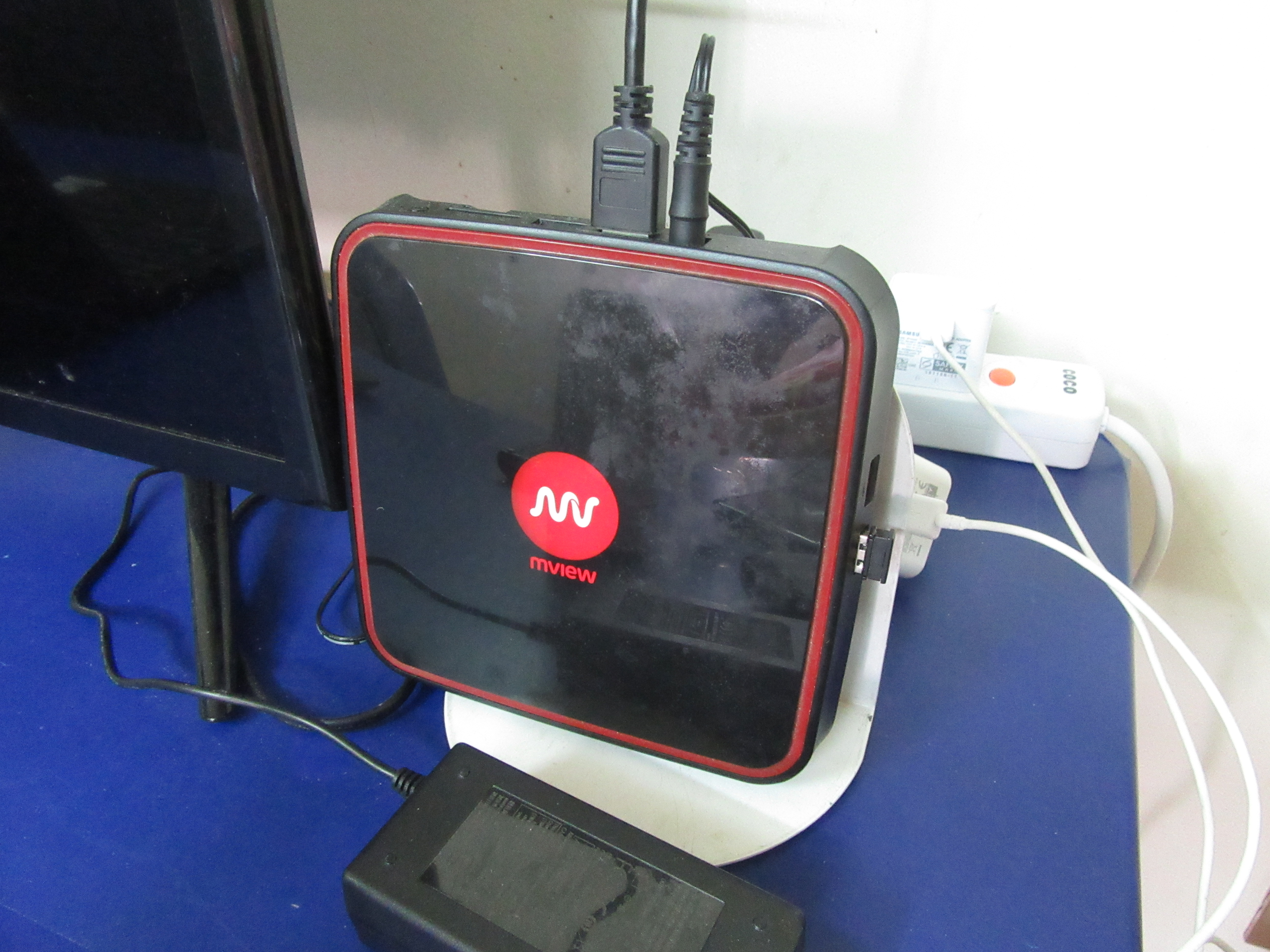|
La Trois
La Trois (''lit: The Three'') is a Belgian national television channel operated by the French-language public-service broadcasting organisation RTBF. It was launched on 30 November 2007 and is distributed via digital terrestrial television, satellite, cable, and IPTV. La Trois timeshares with Auvio Kids TV, a children block, between 6/9 am to 8pm. History La Trois was officially launched on November 30, 2007, with the launch of the RTBF DTT service. Initially, the channel was a copy of RTBF Sat, the international service. After the closure of RTBF Sat on 15 February 2010, La Trois kept the same programming until 25 September 2010, when it started to air its own programming, divided between the children channel Ouftivi during the day, replacing the long-lasting program ''Ici Bla-Bla'' from La Deux, and cultural programming after 8pm. On 28 August 2023, Ouftivi changed its name to Auvio Kids TV, following the name of RTBF's streaming platform. Analogue transmission For a ... [...More Info...] [...Related Items...] OR: [Wikipedia] [Google] [Baidu] |
RTBF
The ("Belgian Radio-television of the French Community"), shortened to RTBF (branded as rtbf.be), is a public broadcasting, public service broadcaster for the French Community of Belgium, French-speaking Community of Belgium. Its counterpart in the Flemish Community is the Dutch-language VRT (broadcaster), VRT (), and in the German-speaking Community of Belgium, German-speaking Community it is Belgischer Rundfunk, BRF (). The RTBF operates five television channels (, , , and ) together with a number of radio channels, including , , , , , and . The organisation's headquarters in Brussels, which is shared with VRT (broadcaster), VRT, is sometimes referred to colloquially as ''Reyers''. This comes from the name of the avenue where the RTBF/VRT's main building is located, the /. History The National Institute of Radio Broadcasting (; ), the state-owned broadcasting organisation was established by law on 18 June 1930, and from 1938 was housed in the Flagey Building, also know ... [...More Info...] [...Related Items...] OR: [Wikipedia] [Google] [Baidu] |
Belgium
Belgium, officially the Kingdom of Belgium, is a country in Northwestern Europe. Situated in a coastal lowland region known as the Low Countries, it is bordered by the Netherlands to the north, Germany to the east, Luxembourg to the southeast, France to the south, and the North Sea to the west. Belgium covers an area of and has a population of more than 11.8 million; its population density of ranks List of countries and dependencies by population density, 22nd in the world and Area and population of European countries, sixth in Europe. The capital and Metropolitan areas in Belgium, largest metropolitan region is City of Brussels, Brussels; other major cities are Antwerp, Ghent, Charleroi, Liège, Bruges, Namur, and Leuven. Belgium is a parliamentary system, parliamentary constitutional monarchy with a complex Federation, federal system structured on regional and linguistic grounds. The country is divided into three highly autonomous Communities, regions and language areas o ... [...More Info...] [...Related Items...] OR: [Wikipedia] [Google] [Baidu] |
La Une
La Une () is a Belgian national television channel, owned and operated by the French-language public-service broadcasting organization RTBF. La Une is the equivalent of Flemish station VRT 1, of the Flemish broadcaster VRT. History INR Experimental television began in Belgium on 2 June 1953 with the live broadcast of the coronation of Queen Elizabeth II of the United Kingdom. On 31 October at 20:30 from Studio 5 of ''Le Flagey'', the headquarters of the National Institute of Belgian Radio (INR), Andrée Rolin officially opened the channel. After that, the announcer Janine Lambotte opened the broadcast with the newly created experimental television and broadcast 2 hours a day, 6 days a week. Transmission began with the French television news relayed by the RTF transmitter TV-Lille (France's first regional station), followed by a cabaret-themed broadcast called ''Boum''. In the early days, INR broadcast two to three evenings per week, with a strong focus on theatre an ... [...More Info...] [...Related Items...] OR: [Wikipedia] [Google] [Baidu] |
Tipik (TV Channel)
Tipik is a Belgium, Belgian national television channel, owned and operated by the French-language public-service broadcasting organization RTBF. History From RTbis to Télé 2 On March 26, 1977, RTB launched a second television channel called RTBis, which only broadcast on Monday and Wednesday from 8 pm to 10 pm, airing programs aimed at a restricted audience, such as Walloon-language plays and cultural or educational programmes, but also reruns of successful series. Although it was officially created to broadcast regional programs produced by RTB's two regional TV centers (Charleroi and Liège), adult education programs and public service blocks, the second channel aimed to occupy the old network of black and white transmitters of the first channel, which had converted to color so that no commercial station could claim it. RTBis relayed RTB1 programs most of the time, which made it attractive by broadcasting popular soap operas, movies, variety shows and game shows, although it ... [...More Info...] [...Related Items...] OR: [Wikipedia] [Google] [Baidu] |
Digital Terrestrial Television
Digital terrestrial television (DTTV, DTT, or DTTB) is a technology for terrestrial television, in which television stations broadcast television content in a digital signal, digital format. Digital terrestrial television is a major technological advancement over analog television, and has largely replaced analog television broadcasting, which was previously in common use since the middle of the 20th century. Test broadcasts began in 1998, and the Digital television transition, changeover to digital television began in 2006 and is now complete in many countries. The advantages of digital terrestrial television are similar to those obtained by digitizing platforms such as cable TV, satellite, and telecommunications: more efficient use of radio spectrum bandwidth, the ability to broadcast more channels than analog, better quality images, and potentially lower operating costs for broadcasters. Different Country, countries have adopted different digital broadcasting standards. Some ... [...More Info...] [...Related Items...] OR: [Wikipedia] [Google] [Baidu] |
IPTV
Internet Protocol television (IPTV), also called TV over broadband, is the service delivery of television over Internet Protocol (IP) networks. Usually sold and run by a Telephone company, telecom provider, it consists of broadcast live television that is streamed over the Internet (multicast) — in contrast to delivery through traditional Terrestrial television, terrestrial, Satellite television, satellite, and Cable television, cable transmission formats — as well as video on demand services for watching or replaying content (unicast). IPTV broadcasts started gaining usage during the 2000s alongside the rising use of broadband-based internet connections. It is often provided bundled with internet access services by ISPs to subscribers and runs in a closed network. IPTV normally requires the use of a set-top box, which receives the encoded television content in the MPEG transport stream via IP multicast, and converts the Data packet, packets to be watched on a TV set or ot ... [...More Info...] [...Related Items...] OR: [Wikipedia] [Google] [Baidu] |
RTBF Sat
RTBF Sat was a Belgian international television channel, available throughout Europe by digital satellite. History RTBF Sat was launched by RTBF The ("Belgian Radio-television of the French Community"), shortened to RTBF (branded as rtbf.be), is a public broadcasting, public service broadcaster for the French Community of Belgium, French-speaking Community of Belgium. Its counterpart i ... on 26 November 2001. From 26 November 2008, the channel changed satellite of transmission from Astra to Hot Bird. On 15 February 2010, RTBF Sat closed down due to budgetary constraints. A possible RTBF Sat relaunch is mentioned in RTBF's 2013-2017 contract, which was ultimately never achieved. References External linkswww.rtbfsat.be [...More Info...] [...Related Items...] OR: [Wikipedia] [Google] [Baidu] |
La Deux
Tipik is a Belgian national television channel, owned and operated by the French-language public-service broadcasting organization RTBF. History From RTbis to Télé 2 On March 26, 1977, RTB launched a second television channel called RTBis, which only broadcast on Monday and Wednesday from 8 pm to 10 pm, airing programs aimed at a restricted audience, such as Walloon-language plays and cultural or educational programmes, but also reruns of successful series. Although it was officially created to broadcast regional programs produced by RTB's two regional TV centers (Charleroi and Liège), adult education programs and public service blocks, the second channel aimed to occupy the old network of black and white transmitters of the first channel, which had converted to color so that no commercial station could claim it. RTBis relayed RTB1 programs most of the time, which made it attractive by broadcasting popular soap operas, movies, variety shows and game shows, although it mostly t ... [...More Info...] [...Related Items...] OR: [Wikipedia] [Google] [Baidu] |
UHF Television Broadcasting
UHF television broadcasting is the use of ultra high frequency (UHF) radio for Terrestrial television, over-the-air transmission of television signals. UHF frequencies are used for both analog television, analog and digital television broadcasts. UHF channels are typically given higher channel numbers, like the US arrangement with Very high frequency, VHF channels (initially) 1 to 13, and UHF channels (initially) numbered 14 to 83. Compared with an equivalent VHF television transmitter, to cover the same geographic area with a UHF transmitter requires a higher effective radiated power, implying a more powerful transmitter or a more complex antenna. However, the additional channels allow more broadcasters in a given region without causing objectionable mutual interference. UHF broadcasting became possible due to the introduction of new high-frequency vacuum tubes developed by Philips immediately prior to the opening of World War II. These were used in experimental television re ... [...More Info...] [...Related Items...] OR: [Wikipedia] [Google] [Baidu] |
Newsround
''Newsround'' (stylised as ''newsround'') is a BBC children's news programme, which has run continuously since 4 April 1972. Originally ''John Craven's Newsround'', it was one of the world's first television news magazines aimed specifically at children. Initially commissioned as a short series by BBC Children's Department, who held editorial control, its facilities were provided by BBC News. Broadcast on CBBC, the programme is aimed at 5 to 15-year-olds. History Originally ''John Craven's Newsround'', it was first presented by John Craven between 4 April 1972 and 22 June 1989. Originally, stand-in presenters, such as Richard Whitmore, came from the main BBC News bulletins. In 1987, the show was renamed ''Newsround'', and was presented by a rotating team including Craven in the dual role of chief presenter and programme editor. The programme gradually developed its own small reporting team, including Helen Rollason, Lucy Mathen, and long-serving space editor Reg Turnill ... [...More Info...] [...Related Items...] OR: [Wikipedia] [Google] [Baidu] |
Ketnet
Ketnet is a Flemish public children's television channel in Belgium owned and operated by the Vlaamse Radio- en Televisieomroeporganisatie, VRT, Flemish public broadcaster. It broadcasts a mix of locally produced and imported productions on the VRT 3 channel from 6 am until 8 pm. History On 1 December 1997, BRTN 2 was replaced by VRT Canvas, Canvas and Ketnet. From the start of the channel, the program offering from Flemish soil has been diversified. The best-known and/or longest-running titles are :nl:Amika_(televisieserie), ''Amika'', '':nl:Dag_Sinterklaas, Dag Sinterklaas'', '':nl:De_Boomhut, De Boomhut'', :nl:Karrewiet, ''Karrewiet'', ''Kulderzipken'', ''Mega Mindy'', ''Samson en Gert (TV series), Samson en Gert'', ''Spring (television soap), Spring'', and :nl:W817_(televisieserie), ''W817''. In addition, various foreign series are also purchased. Ketnet started as a channel for 4 to 15-year-olds. Programs were broadcast to young teenagers such as ''Studio.Ket'', ''K ... [...More Info...] [...Related Items...] OR: [Wikipedia] [Google] [Baidu] |


